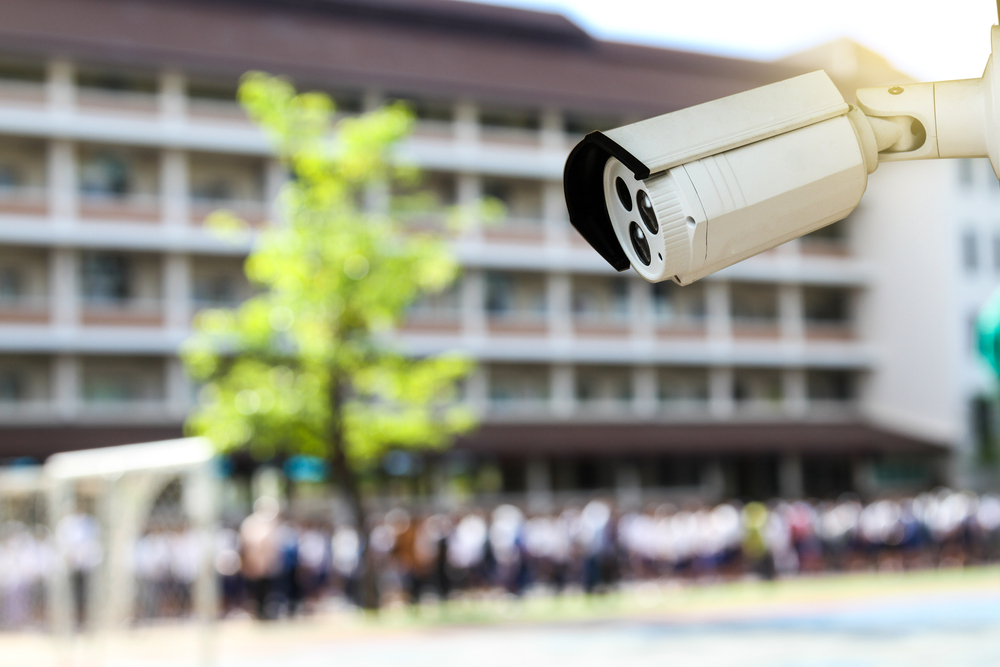When people think of surveillance security solutions, they often envision it as a tool to prevent crime or gather evidence after an incident occurs. While this is true, surveillance is much more than crime deterrence or investigation. At its core, surveillance security is about observation and data collection, often in real-time, to maintain safety, ensure security, and even inform decision-making. In today’s world, surveillance plays a critical role in everything from protecting public spaces to safeguarding private property, and the tools and methods used have evolved significantly.
Types of Surveillance Security Solutions: More Than Meets the Eye
Surveillance security solutions fall into different categories, each with its own strengths, applications, and challenges. Let’s explore the three primary types of surveillance and their roles in modern security systems.
1. Direct Surveillance
Direct surveillance involves covertly observing and recording individuals’ activities, often in public areas. This type is generally employed when there is a strong suspicion that a crime will occur or during an ongoing investigation. For example, a detective might monitor a suspect or listen in on conversations. While direct surveillance can be highly effective, it must be conducted carefully to comply with privacy laws, which vary across regions. Consulting legal or security professionals is crucial to ensure compliance with local regulations.
2. Preconstructive Surveillance
Preconstructive surveillance is what most people are familiar with: monitoring public areas using cameras and other sensors. This type is commonly found in traffic intersections, outside businesses, and in residential neighborhoods. Closed-circuit television (CCTV) systems are frequently employed here. While these systems do not typically provide live monitoring, they offer critical footage that can be reviewed when an event occurs. However, criminals may study these systems to exploit gaps, using blind spots or unmonitored areas to carry out illicit activities, which underscores the need for more comprehensive security solutions.
3. Reconstructive Surveillance
Reconstructive surveillance refers to the process of collecting and analyzing data after a crime or event has occurred. It typically involves the review of footage, logs, or other data collected through direct or preconstructive surveillance. This type plays a key role in piecing together events, identifying suspects, and solving crimes. In essence, it’s a forensic tool that utilizes existing data to provide clarity after an incident.
A robust security system integrates all three types—direct, preconstructive, and reconstructive surveillance—to create a layered defense strategy. Each type complements the other, with observation, deterrence, and forensic analysis working in tandem to provide the best overall protection.
Types of Surveillance Products: Tools That Keep Us Safe
Surveillance relies heavily on the right tools. From basic cameras to advanced thermal imaging systems, to AI, different products address different needs. These tools are the backbone of any security system, especially for businesses and organizations that require constant monitoring of valuable assets.
1. Physical Surveillance Products
Physical products are the most visible forms of surveillance, such as cameras and access control systems. These tools are essential for monitoring specific areas and capturing critical footage to prevent unauthorized access or track criminal activity.
- CCTV Cameras: Standard cameras that monitor specific areas and record footage.
- Pan-Tilt-Zoom (PTZ) Cameras: These allow operators to adjust the camera’s view remotely, providing more coverage with fewer devices.
- Thermal Imaging Cameras: These detect heat signatures and are useful in low-light or night-time environments.
- Access Control Systems: Manage who can enter a facility, using keycards, PIN codes, mobile keys or biometric systems to control access points.
2. Electronic Surveillance Products
Electronic surveillance tools help monitor hard-to-reach or remote areas and are invaluable for tracking movements and collecting evidence. They are often used by law enforcement or businesses needing to secure high-value assets.
- Audio Recording Devices: Capture conversations or background sounds for investigations.
- GPS Trackers: Used to monitor the location of vehicles or assets, providing real-time data on movements.
- Motion Sensors: Detect and alert security personnel of any movement in restricted areas.
- Alarms: Provides an immediate notification of a potential threat.
3. Cybersecurity & Biometric Surveillance Products
As the digital landscape continues to grow at a rapid pace, so do the risks to sensitive information. Today, businesses must be more vigilant than ever, not just to defend against traditional security threats, but also to safeguard their networks and data from increasingly sophisticated cyberattacks.
Cybersecurity is no longer just an IT concern; it’s a critical business imperative. From financial institutions to healthcare providers, organizations must ensure their data and networks are protected against breaches. A comprehensive cybersecurity strategy now involves advanced tools such as:
- Network Monitoring Tools: Continuously track data flow and identify potential threats in real time.
- Intrusion Detection Systems: Alert administrators when unauthorized access attempts are detected, enabling quick response.
- Data Loss Prevention Software: Securely manage and monitor sensitive information during transfers, reducing the risk of leaks.
- Endpoint Detection and Response (EDR) Solutions: Provide real-time monitoring and automated responses to security breaches across endpoints.
While these tools offer robust protection, companies must also recognize the growing importance of biometric solutions in access control. Biometric surveillance products provide an additional layer of security by relying on individuals’ unique physical attributes, minimizing the risk of unauthorized access to both physical and digital spaces.
Biometric technologies are becoming a cornerstone of modern security infrastructure. These include:
- Facial Recognition: Identifies individuals based on their unique facial features.
- Fingerprint Scanners: Match fingerprints against stored data to grant access.
- Iris Recognition: Uses the intricate patterns of a person’s eye to confirm identity.
- Voice Recognition: Analyzes vocal characteristics to authenticate users.
By integrating biometric solutions with cybersecurity frameworks, businesses can create a multifaceted approach that not only protects digital assets but also enhances physical security. This combination ensures that only authorized personnel gain access to sensitive information, delivering peace of mind and operational efficiency.
4. Artificial Intelligence Surveillance Products
AI is revolutionizing surveillance, offering capabilities beyond what traditional systems can achieve. By analyzing vast amounts of data quickly and accurately, AI can identify patterns, spot anomalies, and predict potential threats.
- Automated Threat Detection: AI systems can recognize and alert security personnel to real-time risks, often before they become apparent to human observers.
- Behavioral Analysis: By learning what constitutes “suspicious behavior,” AI can flag potential security concerns more efficiently than ever.
- Enhanced Facial Recognition: With AI, facial recognition systems are faster and more accurate, reducing the likelihood of false matches.
- False Alarm Reduction: AI minimizes distractions from harmless events, allowing security teams to focus on legitimate threats.
When integrated into a comprehensive surveillance system, these products not only prevent crimes from happening, but also collect invaluable data that can be used for investigations or to improve overall safety protocols.
Why a Balanced Approach Matters
To truly safeguard any environment, a balanced, integrated and layered surveillance security solutions product approach is essential. It’s not just about placing cameras or tracking assets—it’s about combining direct, preconstructive, and reconstructive surveillance to create a comprehensive security system that anticipates, observes, and responds to threats efficiently.
In a world where security threats evolve rapidly, staying ahead requires adopting a proactive, multi-faceted surveillance strategy. By investing in the right tools and technology, plus understanding the nuances of each type of surveillance, organizations can build a safer, more secure environment. Reach out to Security Reps to learn how to modernize your surveillance security environment.


